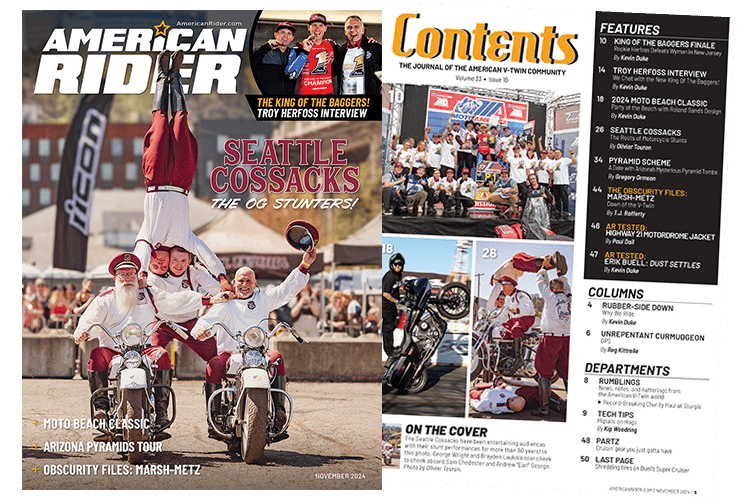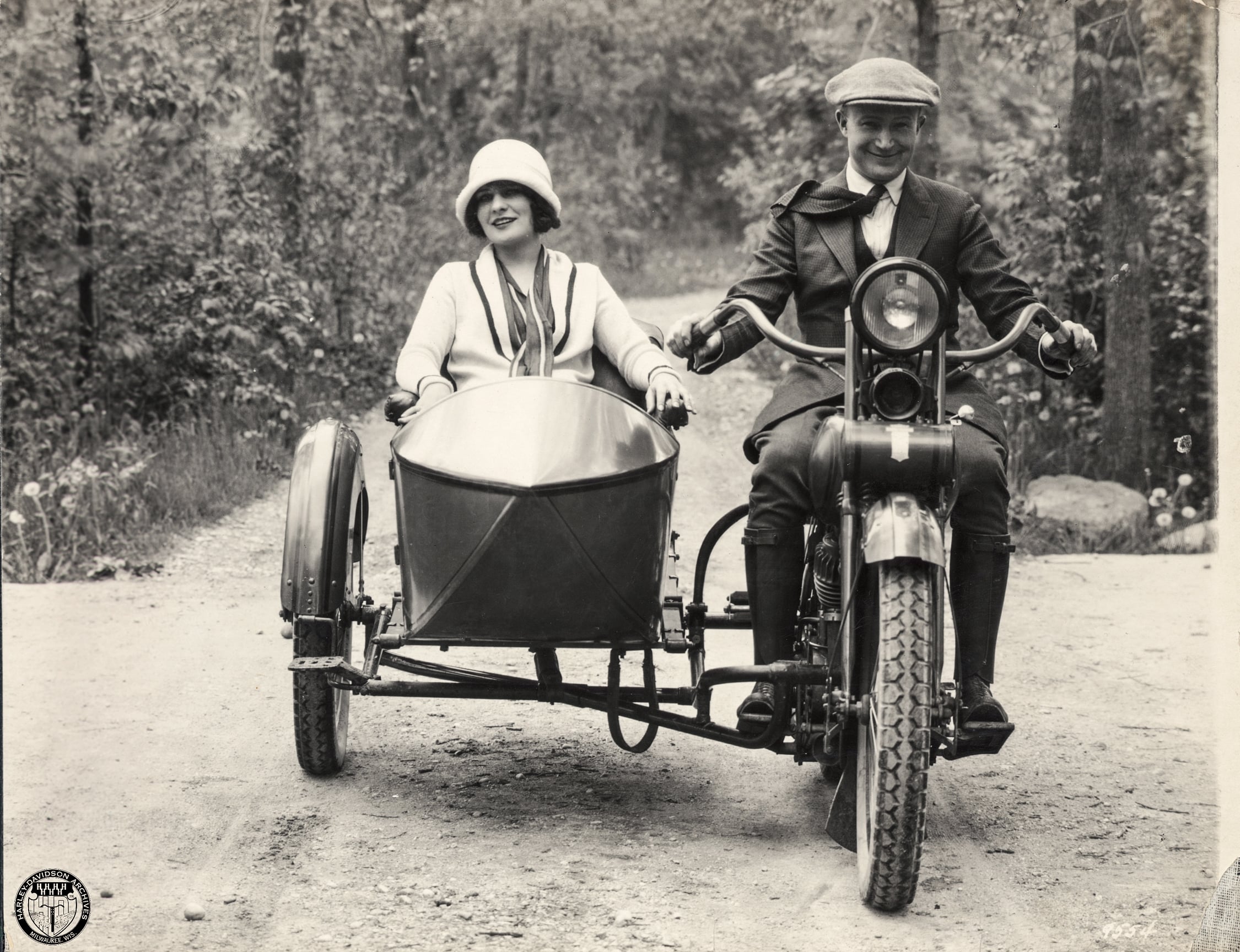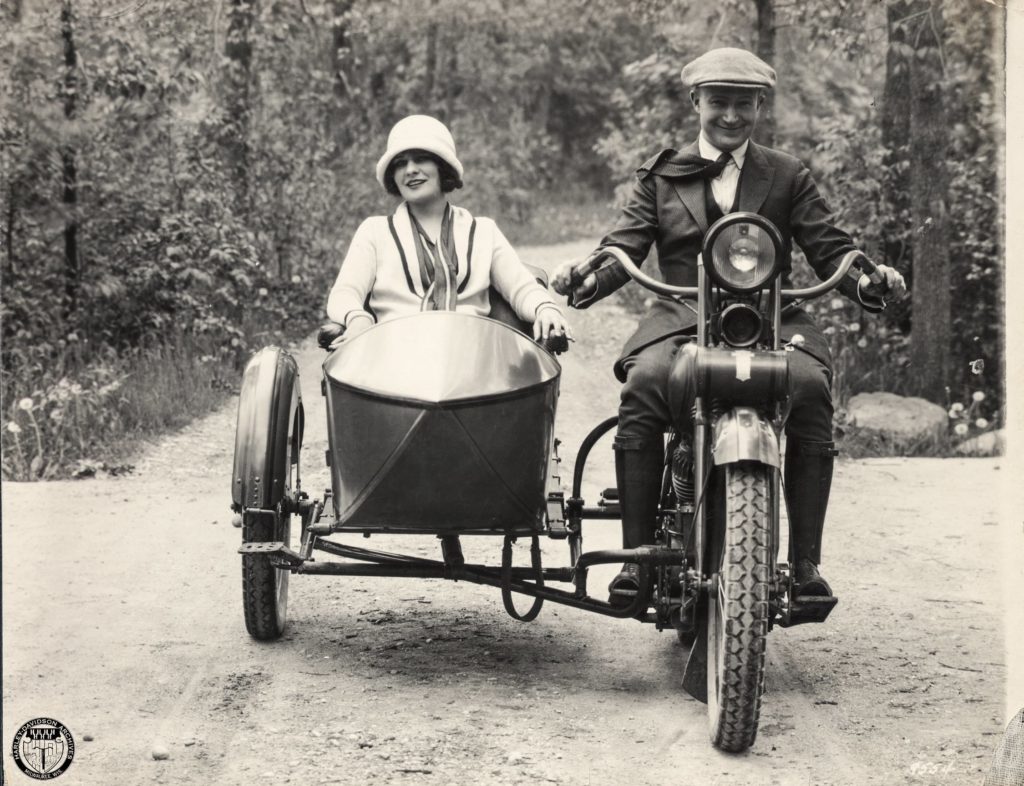
The way we were, nattily attired, in the beginning
Words by Staff and H-D archivist Maria Schoeberl
Photos courtesy Harley-Davidson Motor Co.
When viewing early images of Harley-Davidson riders, clothing always stands out. Instead of the black leather, jeans, bandanas and helmets we see today, riders in the first decades of the 20th century wore very different duds: Three-piece suits, shirts with starched collars, flowing scarves, long skirts and no helmets. To our eyes they look conventional and completely non-rebellious, an image that seems to clash with the spirit of many of today’s Harley-Davidson riders, who pride themselves on individuality and the spirit of rebellion.
Why, then, did early motorcyclists dress so conservatively and traditionally?
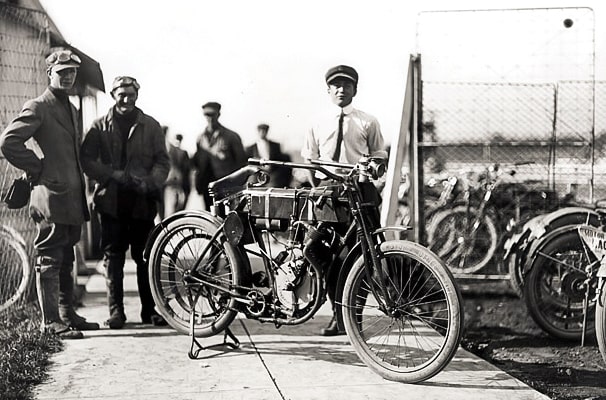
Much of it has to do with the business sense of the early Harley-Davidson Motor Company. In any business, for a company to succeed, it must consistently appeal to the broadest segment of the population. This is even more important for a new and growing company, such as Harley-Davidson was in the 1910s and 1920s. And because early motorcycle companies were all marketing a relatively new and untried product (and one not yet identified with the individualist, the rebel and adventure-seeker), Harley-Davidson and other motorcycle companies appealed to the needs and conventions of the majority of Americans.
To do so, the Motor Company reached out to the business owner who needed a way to serve customers more quickly and efficiently; the city dweller who needed a quick and easy way to get away for the weekend; and the average worker who needed an affordable means of transportation that was faster and offered more freedom than the streetcar or sidewalk. And appealing to the interests of the “mainstream” meant presenting an image of the early rider that reflected the conventions of dress at the time. This meant the suit of the businessman and office worker, the neat and practical uniforms of the delivery workers, as well as the elegant, “Sunday-best” traveling outfits worn by vacationers and day-trippers.
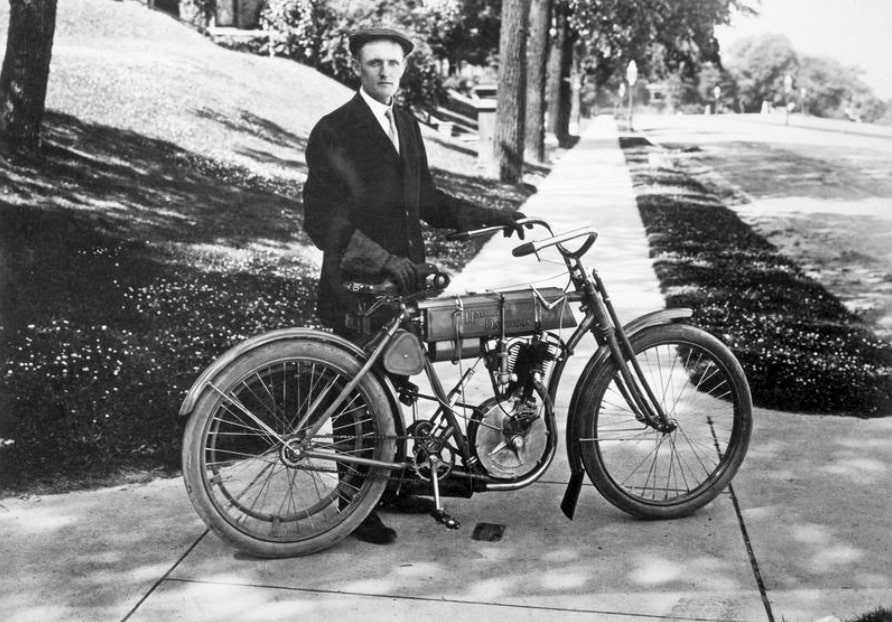
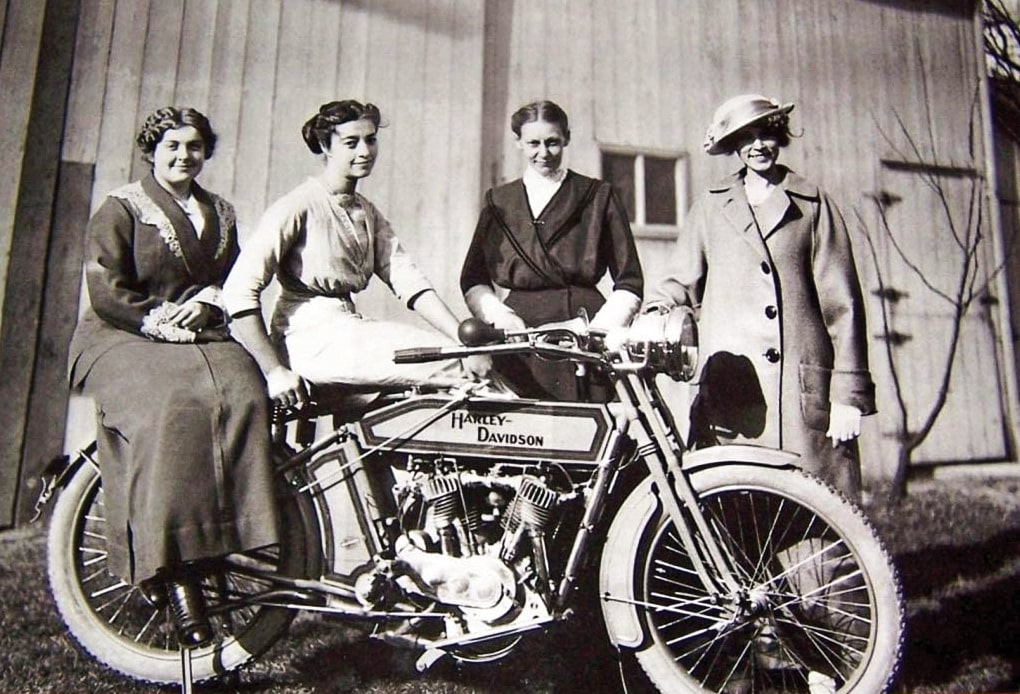
This was, after all, an era where the conservative and impeccable was considered the only proper way to present oneself to the public. Indeed, at the turn of the century it was considered indecent for a woman not to be wearing stockings or showing bare arms in anything but formal evening wear. So riders in the 1910s, 1920s and early 1930s wore what was considered “proper” clothing: Suits (for both women and men), shirts with high-buttoned collars, neckties, and fashionable hats and skirts for the women, who were all too often relegated to the sidecar.
Over the years, of course, that sidecar-only situation changed, with women such as Gloria Tramontin Struck leading a wave of female riders into our sport, where they now number one in five. You go, Gloria!

